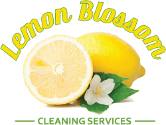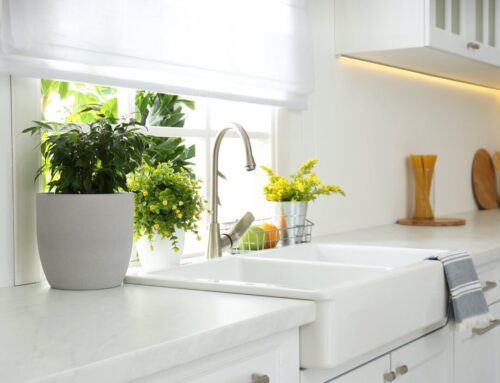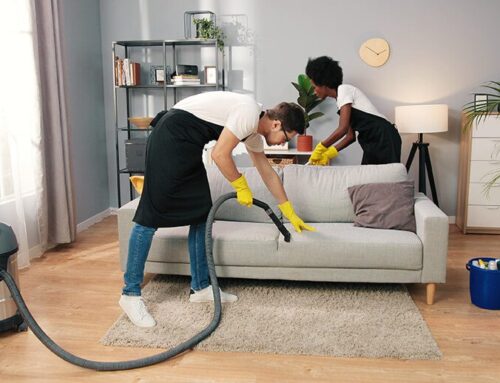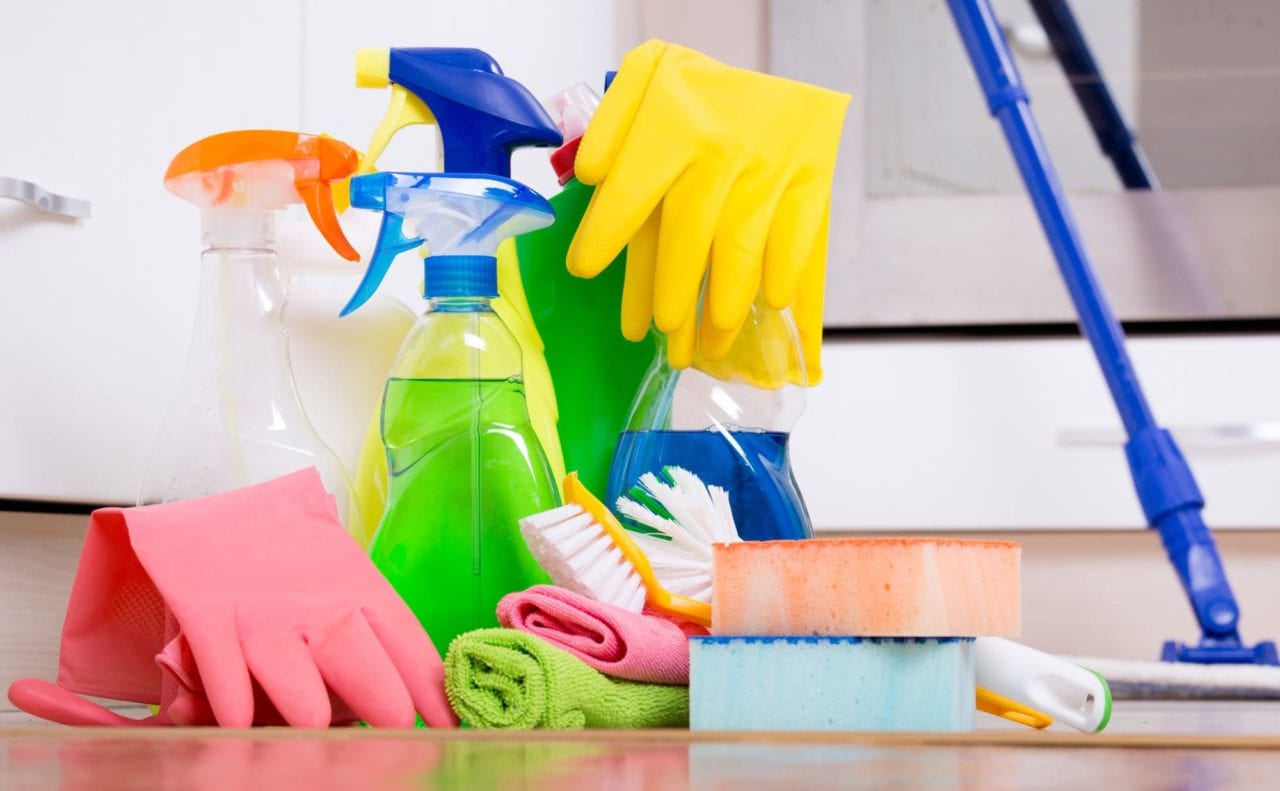
Cleaning Products That Smell Good Might Not Be Good For You
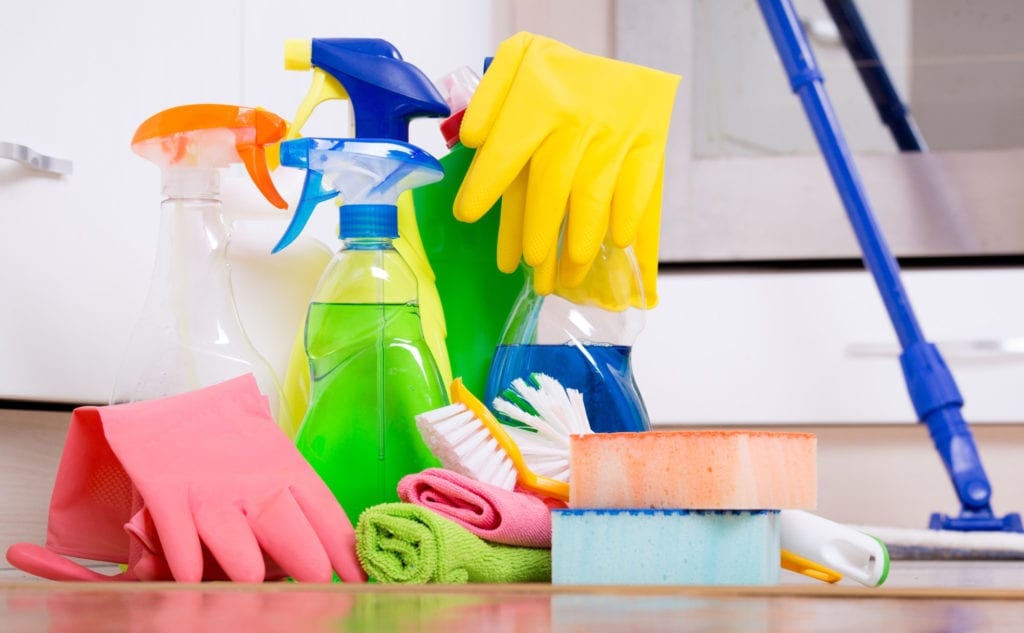
Do you like the clean smell of bleach? Or what about that lemon-scented all-purpose cleaner?
As much as you may associate these scents with a sparkling house, there is a multitude of household chemicals that could be wreaking havoc with your health.
Do you know what’s in your household cleaning supplies?
To play it safe, start by avoiding volatile organic compounds — or VOCs.
What Are VOCs?
Certain products or processes send gasses into the air known as volatile organic compounds, or VOCs.
They’re not all bad but there are some that are quite harmful. Plus, they can react with other gasses to form additional pollutants once they’re airborne.
You can find VOCs both indoors and outdoors. If certain products aren’t stored or transported properly, they can continue to produce and emit VOCs.
Breathing VOCs may irritate the eyes, nose, and throat. They can also cause nausea or make it difficult to breathe.
Prolonged exposure can cause damage to the central nervous system and other organs. At their worst, some VOCs can cause cancer.
So how can you avoid them?
Read Labels on Household Chemicals
How healthy is your “all-purpose” cleaning product?
Most of them contain detergents, solvents, grease-cutting agents, and or disinfectants. The top four ingredients to avoid on cleaners labels are ammonia, ethylene glycol monobutyl acetate, sodium hypochlorite (bleach), and trisodium phosphate.
Dishwashing detergents typically contain phosphates that can produce skin irritations or even burns. They can be poisonous — though not fatally — if swallowed.
As for the safety of bleach, it all depends on the concentration of the chemical sodium hypochlorite. With commercial bleach, concentrations of this chemical can range from less than 1% to over 5%. Vapors can cause irritation to the eyes, nose, and throat.
Direct skin contact can result in dermatitis. So look for bleach alternatives.
When searching for cleaning supplies, look for products that bear the Environmental Protection Agency’s (EPA) Safer Choice certification. To earn this seal, the EPA reviews every chemical ingredient in a product to ensure that it meets strict safety standards for human health.
Those standards include a restriction on VOC content.
Unfortunately, manufacturers in the United States are not required to list all the ingredients in cleaning products.
What Is Not on the Label
When reading labels, one ingredient you’re likely to see is “fragrance.” You won’t get any information beyond that though.
Since fragrance formulations are considered a trade secret, they are protected from disclosure. Yet “fragrance” could contain anywhere from 50 to 300 distinct chemicals — even in just a single scent.
According to a 2018 report from the Breast Cancer Prevention Partners (BCPP), three-quarters of the toxic chemicals detected in a test of 140 cleaning and personal care products came from fragrance.
Despite the fact that some of those toxic chemicals identified were linked to chronic health issues, there continues to be no regulation of fragrance chemicals.
Do Not Let the Smell Fool You
To ensure you have the safest household chemicals, get familiar with VOCs, read the labels, and look for the EPA Safer Choice label. Then, leave the “fresh scent” on the shelf.
If you’re interested in having green cleaning solutions in your home, contact us today to get a quote and breathe easier knowing you’ve made that choice.
Share this article
Follow us
A quick overview of the topics covered in this article.
